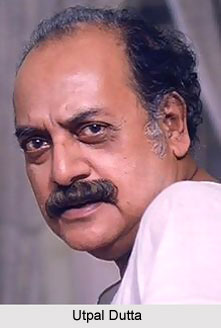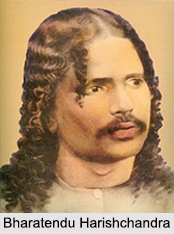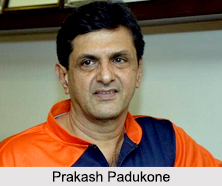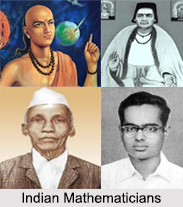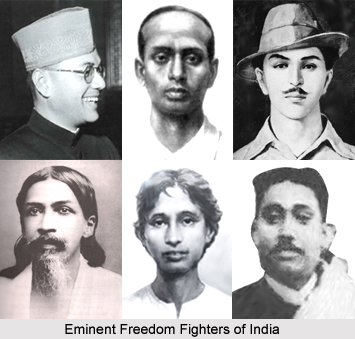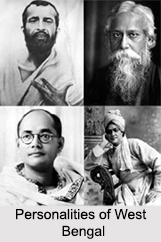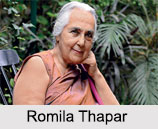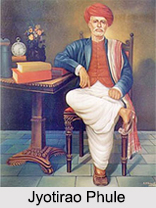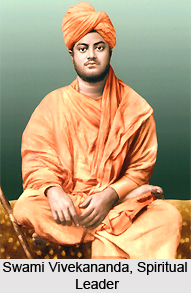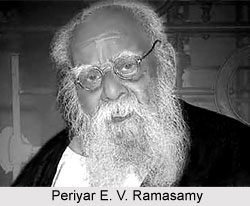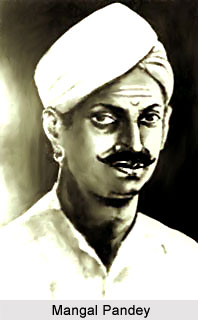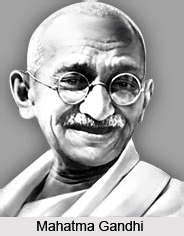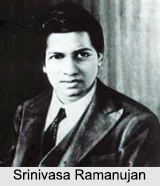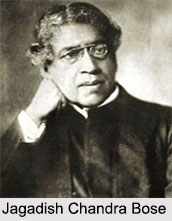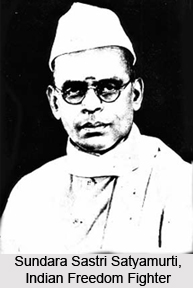 Sundara Sastri Satyamurti, commonly known as S. Satyamurti, was a well known Indian freedom fighter and a reputed political leader. He was amongst the most prominent members of the Indian National Congress from the Madras Presidency, along with T. Prakasam, C. Rajagopalachari and S. Srinivasa Iyengar. Sundara Sastri Satyamurti was considered as the mentor of K. Kamaraj, who served as the Chief Minister of Madras (now Chennai) from the year 1954 to 1962. Satyamurti actively took part in the protests against the Rowlatt Act, Partition of Bengal, the Simon Commission and the Jallianwalla Bagh massacre. In the year 1942, he was imprisoned for his participation in the Quit India Movement. He was appointed as the President of the provincial wing of the Swaraj Party from the year 1930 to 1934. He also became the President of the Tamil Nadu Congress Committee from 1936 to 1939. S. Satyamurti was also a member of the Imperial Legislative Council from 1934 to 1940 and was appointed as a Mayor of Madras from 1939 to 1943.
Sundara Sastri Satyamurti, commonly known as S. Satyamurti, was a well known Indian freedom fighter and a reputed political leader. He was amongst the most prominent members of the Indian National Congress from the Madras Presidency, along with T. Prakasam, C. Rajagopalachari and S. Srinivasa Iyengar. Sundara Sastri Satyamurti was considered as the mentor of K. Kamaraj, who served as the Chief Minister of Madras (now Chennai) from the year 1954 to 1962. Satyamurti actively took part in the protests against the Rowlatt Act, Partition of Bengal, the Simon Commission and the Jallianwalla Bagh massacre. In the year 1942, he was imprisoned for his participation in the Quit India Movement. He was appointed as the President of the provincial wing of the Swaraj Party from the year 1930 to 1934. He also became the President of the Tamil Nadu Congress Committee from 1936 to 1939. S. Satyamurti was also a member of the Imperial Legislative Council from 1934 to 1940 and was appointed as a Mayor of Madras from 1939 to 1943.
Early Life of Sundara Sastri Satyamurti
Sundara Sastri Satyamurti was born on 19 August, 1887 in Thirumayam in the princely state of Pudukkottai. He completed his studied from the Maharajah`s College and Madras Christian College. Later he did his further studies from the Madras Law College. He practiced as a lawyer for a brief period and eventually entered into politics following the suggestion of S. Srinivasa Iyengar, who was also a renowned politician and lawyer. Iyengar later became his mentor.
Political Career of Sundara Sastri Satyamurti
Sundara Sastri Satyamurti became a member of the Indian National Congress Party during his youth. During that period, the party supported racial equality between the British and the Indians belonging to all castes. The also demanded Dominion Status within the rule of the British Empire in India. Satyamurti was among the most significant Swarajists who laid the basis for parliamentary democracy in India, along with Motilal Nehru and C.R. Das. Although Mahatma Gandhi did not approve of the decision, he did not prevent them from following their own path. After Sundara Sastri Satyamurti became the Mayor of Madras (now Chennai) in the year 1939, the Second World War II had commenced. He also developed the water supply system in Madras, which faced an acute scarcity of water. He persuaded the British authorities and constructed a reservoir in Poondi, located around 50 km towards the west of the city of Madras.
Sundara Sastri Satyamurti was the political mentor of Thiru Kumaraswami Kamaraj, who served as the Chief Minister of the State of Madras from 1954 to 1963. He actively participated in the Swadeshi movement and the Quit India Movement; and as a results, he was arrested by the British Indian Police in 1942. Satyamurti was put on trial and was sentenced to rigorous imprisonment in Amravathi Jail in Nagpur. During the journey, he hurt in the spinal cord and eventually died due to his injuries on 28th March 1943 at General Hospital, Madras (now Chennai).

